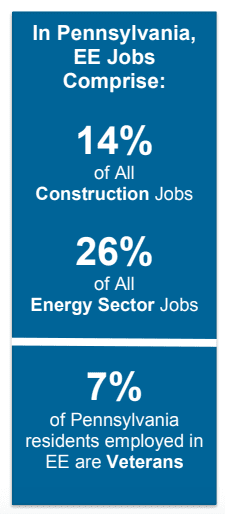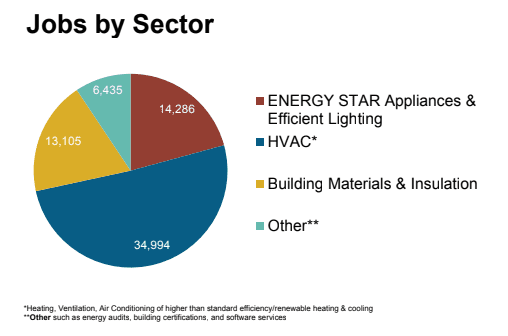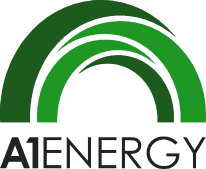On October 29, I spent the day at the State Capital, along with members from the Keystone Energy Efficiency Alliance (KEAA) supporting the spirit of ACT129. We spoke to several Senators and asked for their opposition to a bill that is currently in committee that would allow large industrial users to opt-out of Act 129. We asked for their support for SB232 and HB193 that would remove the cap on utility energy efficiency investment, as a better route to addressing energy efficiency measures for all.
Since the establishment of A1 Energy in 2005, we have strived to ensure the most cost-effective and incentivized routes to energy efficiency for small and mid-size to large industrial facilities. As I have said before, there is no one tactic that makes the biggest contribution to energy optimization. Three main categories must be addressed when optimizing energy. It begins with strategies for reducing energy demand, then strategies for energy procurement, and on-site energy generation. We help the organizations we work with to stay ahead of the curve and take strategic action on all energy projects. Our involvement in statewide policy is based on the need to support all facility sizes at every project level for energy efficiency. Energy efficiency measures not only lower operating costs for industry, but it also lowers the contribution to GHG emissions, as laid out by Governor Wolf’s Climate Initiative.
Both SB 232 and HB 193 will continue to support the energy efficiency and conservation success of Act 129. Removing the cap on utility energy efficiency investment is the wise route to take as it would enable Pennsylvania businesses to maintain a positive path forward on energy and ensure equity in energy efficiency project funding. Energy project rebates and benefits for all ratepayers, reduction of system costs, and energy resilience are all very important matters every business, no matter how small or large will ultimately benefit from. Expanding Act 129 is a robust way to move forward as a collective working to help the Commonwealth of Pennsylvania navigate the energy challenges of the future.

Expanding Act 129 would accelerate energy efficiency jobs
A robust workforce is required for supporting the successful completion of energy efficiency jobs. In Pennsylvania alone, the rise in energy efficiency created a total of 68,820 jobs, and this number is expected to grow another 30k.
Almost half of energy efficiency jobs are in the construction sector as such localized skilled labor cannot be outsourced. Other job titles that a growing energy efficiency sector requires include electricians, engineers, trained technicians, financial analysts, construction workers, facility managers, software developers, marketing professionals, and other specialists.
According to the American Council for an Energy Efficiency Economy, roughly 30,000 jobs will be created over the next five years through the support of SB 232 and HB 193. An opt-out of Act 129 would defund the programs which have allowed billions in savings to customers. Reversing the progress of Act 129 would make it so that businesses who opt-out will no longer be eligible for energy efficiency project funding.

Since the implementation of Act 129’s three ambitious phases, an independent evaluation of Energy Efficiency & Conservation (EE&C) programs found that Pennsylvania’s Phase II (2008-2013) for commercial and industrial (C&I) programs were highly successful. Some of the major highlights from the programs include:
• 1,337,127 MWh/year total saved
• $95 million in annual electricity bill savings for Pennsylvanian ratepayers
• 223 MW of peak demand savings in Phase II, which is equivalent to a small power plant
Conclusion
While these bills await moving through the various committees, the Public Utility Commission (PUC) is in the process of developing Phase IV of Act 129, scheduled to begin June 2021. Act 129 reduces payback periods, which allow for greater investment in energy efficiency projects. All customers are welcome to engage in the development of the program via the PUC stakeholder process. The support of SB 232 and HB 193 will lift the cap on funding for energy efficiency projects and aid large industrial customers to participate in the benefits of Act 129.
If you are interested in staying the course or improving any shortfalls in Act 129, be sure to contact your representatives and tell them to support SB 232, HB193, and not to support SB129.
